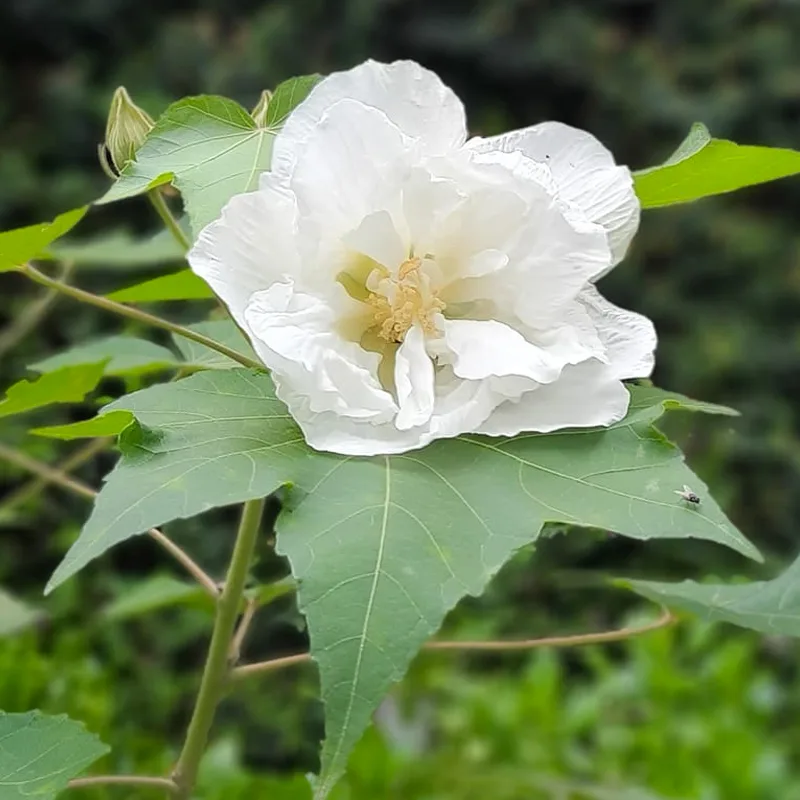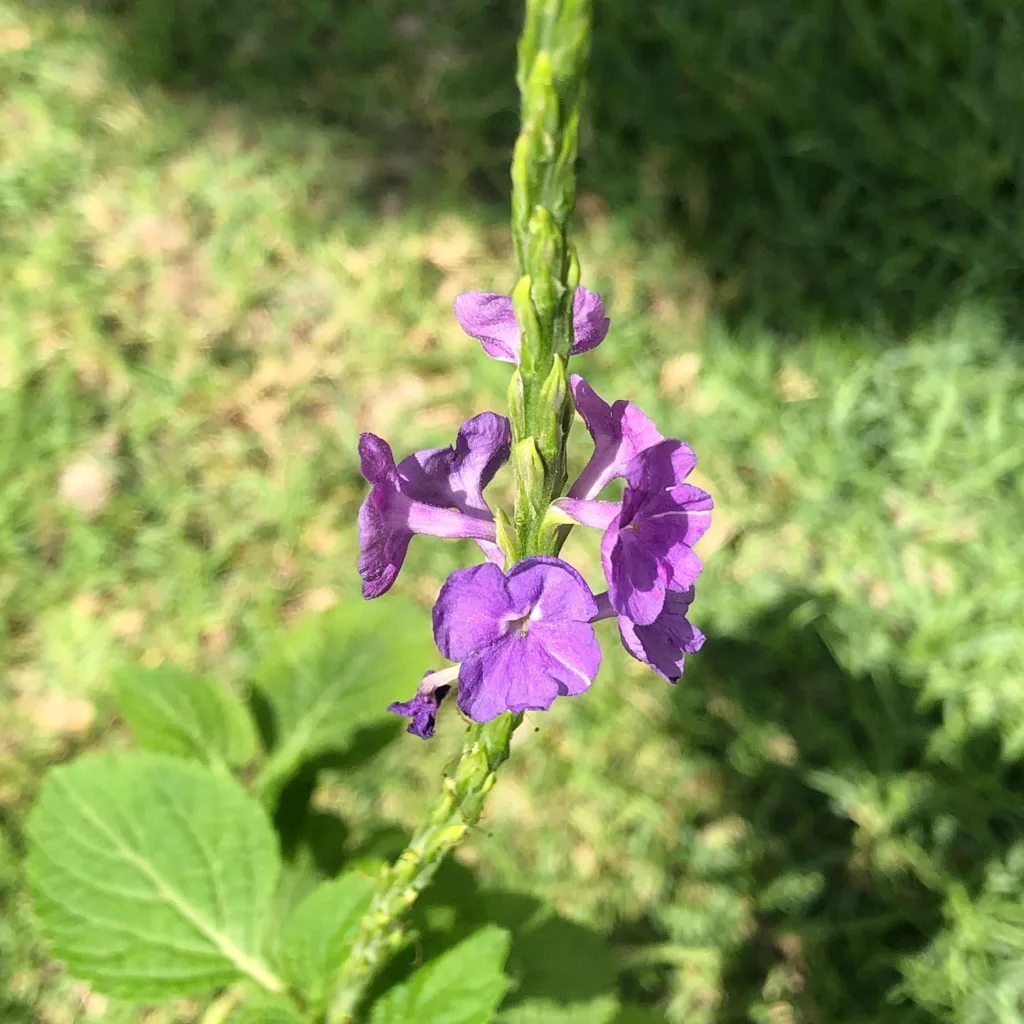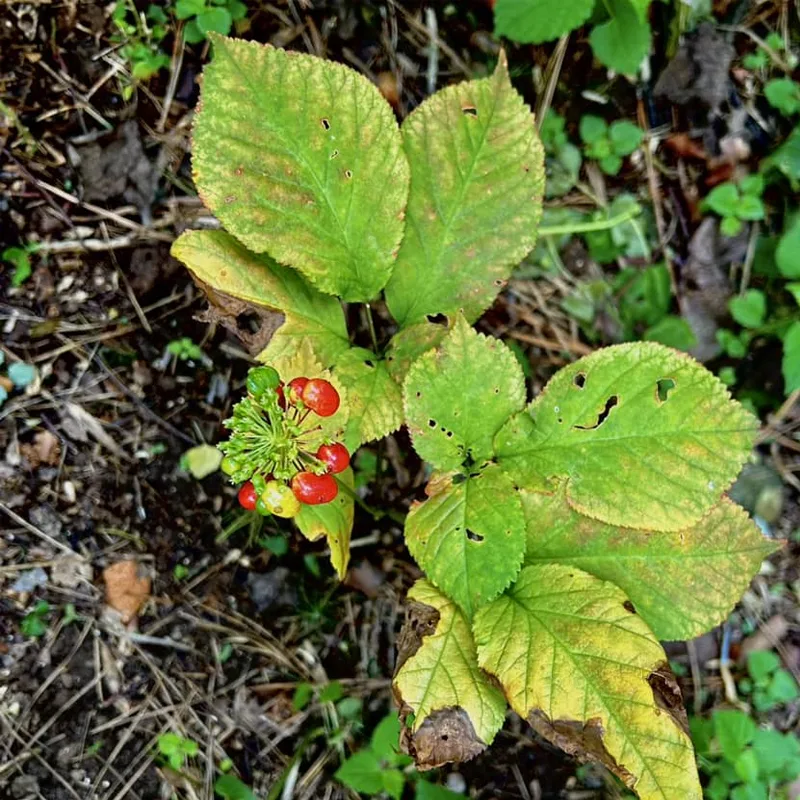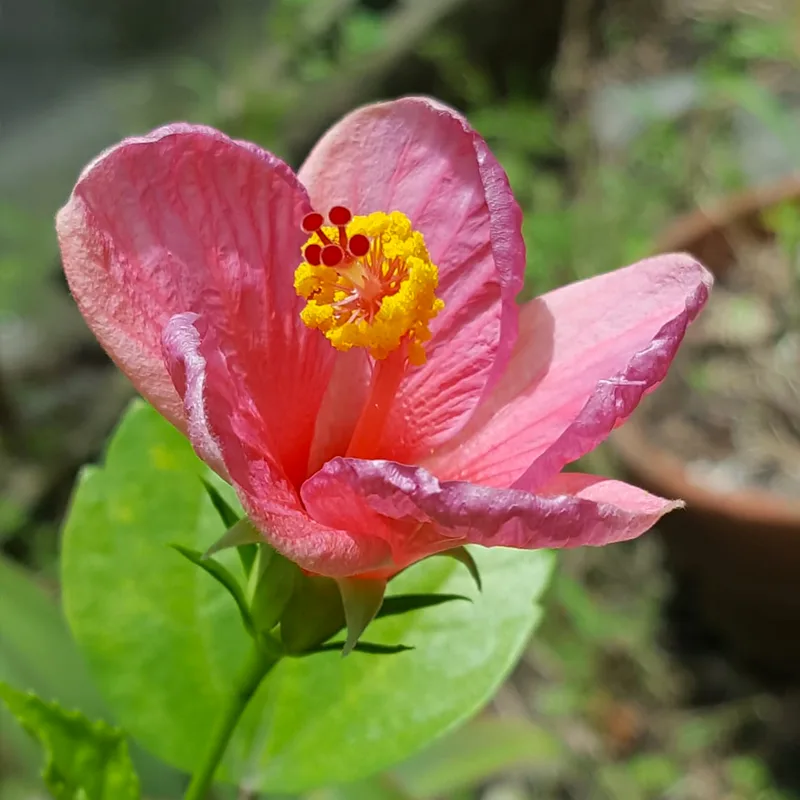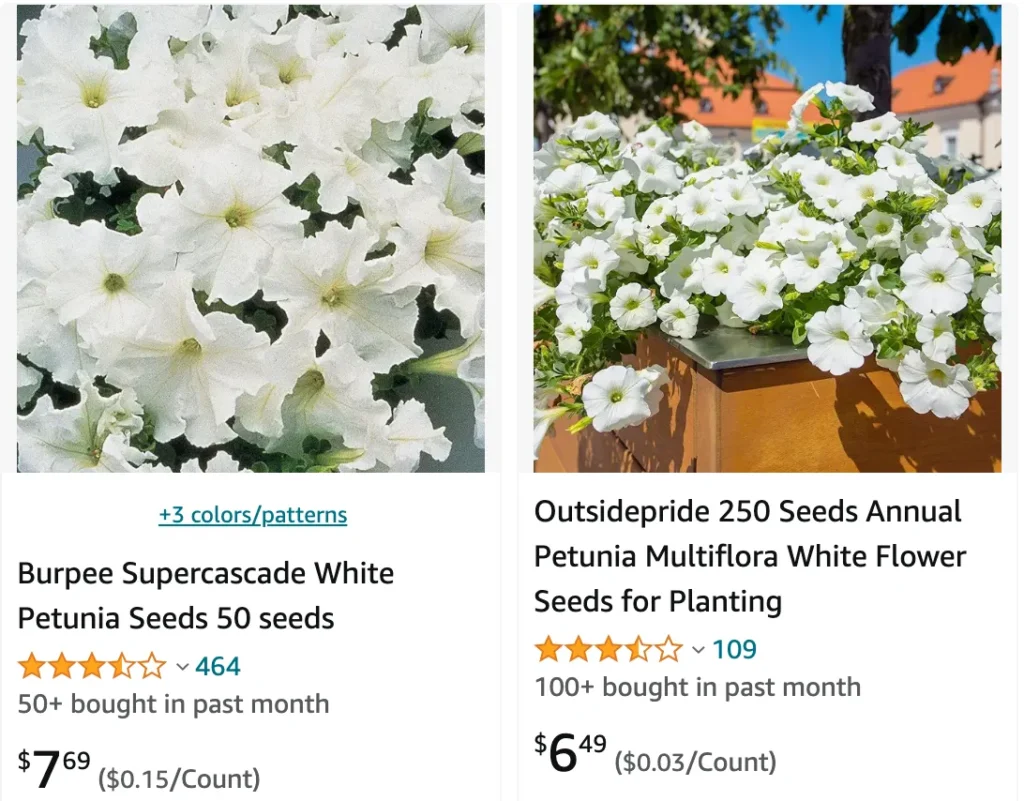
Petunia Axillaris: Unveiling the Fragrant Night-Blooming Beauty
Hi there, Ferb Vu here! Today, we’re diving into the world of a truly unique flower, the Petunia Axillaris, also known as the White Moon Petunia or Large White Petunia. This fragrant wonder holds a special place in my heart, and I’m excited to share its secrets with you.
17 Species in Genus Petunia
What is Petunia Axillaris?
The Petunia Axillaris is an herbaceous annual plant, meaning it completes its lifecycle in a single season. Unlike its more common cousins, it boasts stunning white blooms, the only ones naturally occurring within the Petunia genus. These beauties can reach a size of 3 to 7 centimeters, adding a touch of elegance to any garden.
Native to temperate regions of South America, the Petunia Axillaris thrives in warm climates. It’s considered an heirloom variety, a purebred descendant of the original wild petunias, unlike the widely cultivated hybrid petunias we see today.
Fragrance Fit for a Moonlit Night
One of the most captivating aspects of the Petunia Axillaris is its intoxicating fragrance. Unlike many petunias known for their muted scents, this night bloomer unleashes a delightful aroma reminiscent of vanilla and licorice, particularly during evening hours. This makes it a perfect choice for adding a touch of nighttime magic to your patio or balcony.
Sun-Loving and Rain-Resistant
The Petunia Axillaris is a low-maintenance delight. It flourishes in full sun, soaking up the warm rays to fuel its growth and flower production. But unlike many other petunias that wilt under heavy rain, the Petunia Axillaris stands strong. Its blooms hold their shape remarkably well, even during downpours, making it a fantastic option for regions with unpredictable weather.
How to grow Petunia Axillaris?
Adding the Petunia Axillaris to your garden is a breeze. Seeds are readily available from specialty plant stores, and germination, while a bit slow, is relatively straightforward. Here are some quick tips for success:
- Sowing: Start your seeds indoors around 8 weeks before the last frost. Use a well-draining potting mix and keep the soil moist but not soggy. Patience is key – germination can take up to 2-3 weeks.
- Transplanting: Once seedlings have established a few sets of true leaves, harden them off for a week before transplanting them outdoors into a sunny location with well-draining soil.
- Care: Water regularly, especially during hot weather. Fertilize lightly every few weeks with a balanced fertilizer to encourage healthy growth and abundant blooms.
Petunia Axillaris vs. Hybrid Petunias: A Tale of Two Flowers
While the Petunia Axillaris boasts undeniable charm, it’s natural to wonder how it compares to the more common hybrid petunias. Here’s a quick breakdown:
- Lifespan: Petunia Axillaris is an annual, completing its cycle in one season. Hybrid petunias can be annuals or perennials, depending on the variety.
- Flower Color: Petunia Axillaris offers stunning white blooms, a rarity in the genus. Hybrid petunias come in a vast array of colors, from vibrant reds and purples to delicate pinks and yellows.
- Fragrance: Petunia Axillaris is known for its strong, sweet fragrance, especially at night. Hybrid petunias typically have a faint scent or no scent at all.
- Rain Resistance: Petunia Axillaris holds its blooms well during rain. Hybrid petunias can be more susceptible to petal damage from heavy rain.
Ultimately, the choice between Petunia Axillaris and hybrid petunias depends on your personal preferences. If you crave a fragrant, white-flowered beauty that thrives in both sunshine and rain, the Petunia Axillaris is a clear winner.
Adding a Touch of Nighttime Magic
The Petunia Axillaris is more than just a pretty flower; it’s an experience. Its captivating fragrance transforms your patio into a moonlit oasis, while its white blooms add a touch of elegance. With a little care, this unique annual can bring a touch of nighttime magic to your garden for one unforgettable season.
So, are you ready to unveil the beauty of the Petunia Axillaris? With its easy-going nature and captivating fragrance, it’s sure to become a cherished addition to your garden. Happy planting!
If i die, water my plants!
